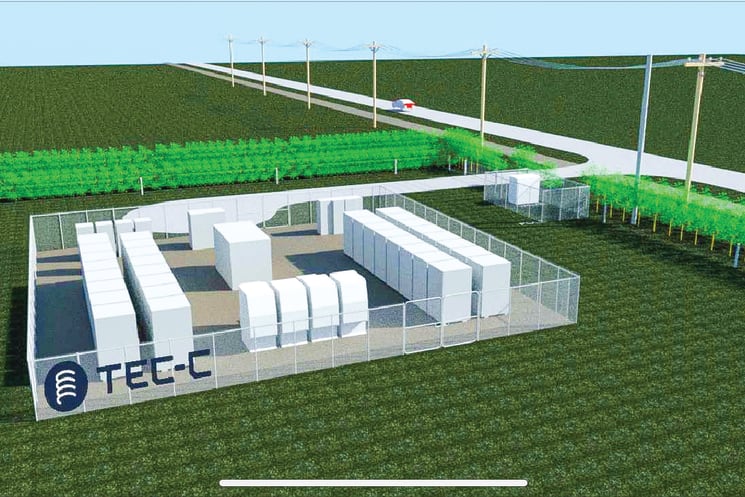
A 10MWh, $12 million lithium iron phosphate battery energy system is currently being proposed for 100 Gap Road.
The latest installment of Planning: our future, looks at how Phillip Island can build to help – not harm – the environment.
According to the Gippsland Climate Projections report, coastline levels rose at an average rate of 2.1mm/yr between 1966 and 2009, and are expected to continue rising through the 21st century.
By the 2030s, increases in daily maximum temperature of 0.9C to 1.8C (since the 1990s) are expected, rainfall in the long-term is expected to decline, while dramatic bushfire events are likely to occur more frequently and with greater severity.
So how should we plan for these outcomes, while reducing carbon emissions? Here are just a few examples of how individuals, groups and the shire are leading the way.
RENEWABLE ENERGY
A 10MWh, $12 million lithium iron phosphate battery energy system is currently being proposed for 100 Gap Road.
While the battery is not renewable energy generation, according to the proponents, Mondo, it will “help balance the fluctuating power demand on the island and support an increase in the uptake of renewable energy”.
“We also plan for this battery to enable new technologies and trials and increase the solar capacity on the island,” say Mondo.
Totally Renewable Phillip Island has supported the battery, with their research also looking at options for solar farms and wind and tidal turbines in the future.
TRPI has also proposed solar feeds into a neighbourhood battery – so households don’t need to install their own battery – or energy trading between neighbours.
Read more:





